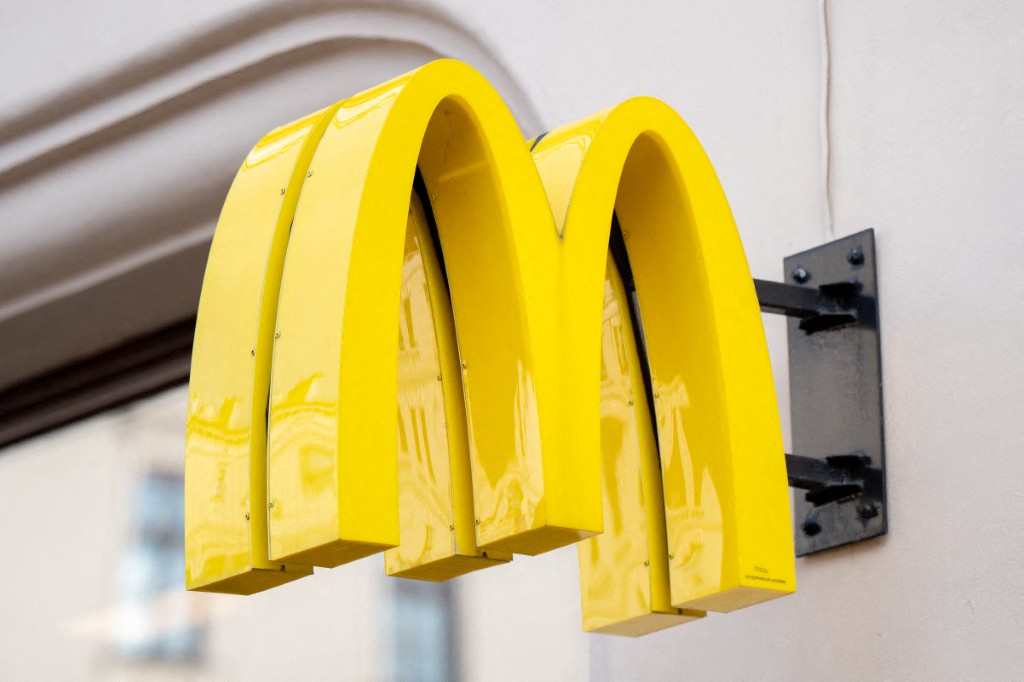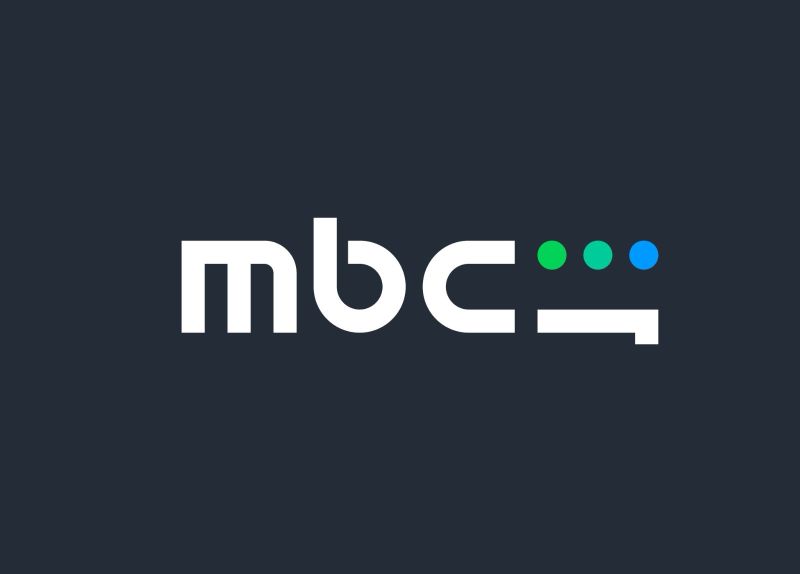From humble beginnings way back in 1997 with a site called Six Degrees, social media as we know it, has come a long way. Today, it offers a variety of platforms, some of which are more popular than others. Each designed with a specific market in mind, statistics for 2016 show varied user volumes across channels like LinkedIn (414 million), Instagram (400 million), Facebook (1.55 billion) and so on.
Recent times have seen a shift in the way people live; they always want to do more and they’re constantly on the go. While they spend a considerable amount of time on social media, their attention spans are shorter, making it necessary for brands to find new, exciting ways of communicating with their audiences across different social media platforms.
Here are some key social trends and tips for businesses to consider:
Emojis speak louder than words
Studies show that looking at a smiley face online has the same impact as looking at a smiling face in reality. In a successful attempt to better engage with users, Facebook launched ‘Reactions’ as an alternative to the previous ‘Like’ button. Users can now select their responses to posts using six different animated emoji: Like, Love, Haha, Wow, Sad and Angry. Recognized as the new ‘Internet slang’, emojis appeal to the more playful, adventurous consumer, making posts relevant, fun, educational and shareable. Several popular brands including Pepsi, Chevrolet, Dominos, and Dove have recently used emojis in their ad campaigns, social media channels, press releases and customer interactions. A smartphone app called Dubai Emoji’ was even launched in 2015, with a set of emojis created specifically for the UAE.
Social–powered searches
With constant new technology in the social sphere, search tools continue to get more thorough, intensive and result-driven, such as the Pinterest visual search feature. This opens up several opportunities for brands to expand their customer experiences, giving them a wider online product range view.
Keep the millennial in mind
A major section of audiences today fall under the millennial category, which displays a clear preference for short, snappy messaging. It is probably why experts foresee Snapchat as the next big thing in the Middle East thanks to its crisp, fun communication technique. Research shows that brands received 32 percent more inbound messages in 2015 than the previous year on social customer service channels. While 82 percent of these messages went unanswered, it’s important for brands to provision for sufficient resources and funds to ensure complete online customer engagement going forward.
Social broadcasts and videos
Live broadcasts are increasingly popular with companies choosing to engage with audiences using programs like Periscope, which has 10 million accounts with 40 years worth of watch-time daily. This live-streaming app allows brands to broadcast surveys, live interviews, demonstrations and so on. Short audience attention spans need to be considered, making video an obvious winner over only-copy posts. This gives brands the creative space to demonstrate products, services and experiences to audiences by incorporating video and imagery elements into social strategies. According to the Content Marketing Institute, video was the most popular content marketing tactic in 2014 and its use has only increased since then.
Social strategy
Whether you’re building a personal brand or that of a company, a social strategy is of the utmost importance. It is one of the mediums of choice for your market and allows you to not only reach new customers but also, directly interact with your audience, keeping track of customer preferences and resolving issues in real-time. Stay true to your brand image to ensure consistency across channels – online and offline. Developing a social style guide or brand book, emphasizes your brand voice in your social presence, allowing for uniformity across web content. In the long run, this builds customer relationships, brand authority and also provides continuity to the user experience.
Smart social ads
As social trends continue to evolve, so will advertising mechanisms, with social media marketing projected to generate $11 billion in revenue by 2017. With the opportunity to target audiences based on geographic, demographic and behavioral data, brands are set to become even more active on the social scene, employing mobile formats, social channel advertising options on LinkedIn, Snapchat, Instagram and so on. Fuelling this growth is a host of new tools allowing businesses to design and pay for social media ads in a few clicks, simplifying a process that was once the exclusive domain of high-priced media buyers.
Keeping up with social trends ensures you constantly stay in the eye of your consumer. So make sure you are online 24/7 and don’t forget to align your social media strategy and style guide with your main business positioning.





